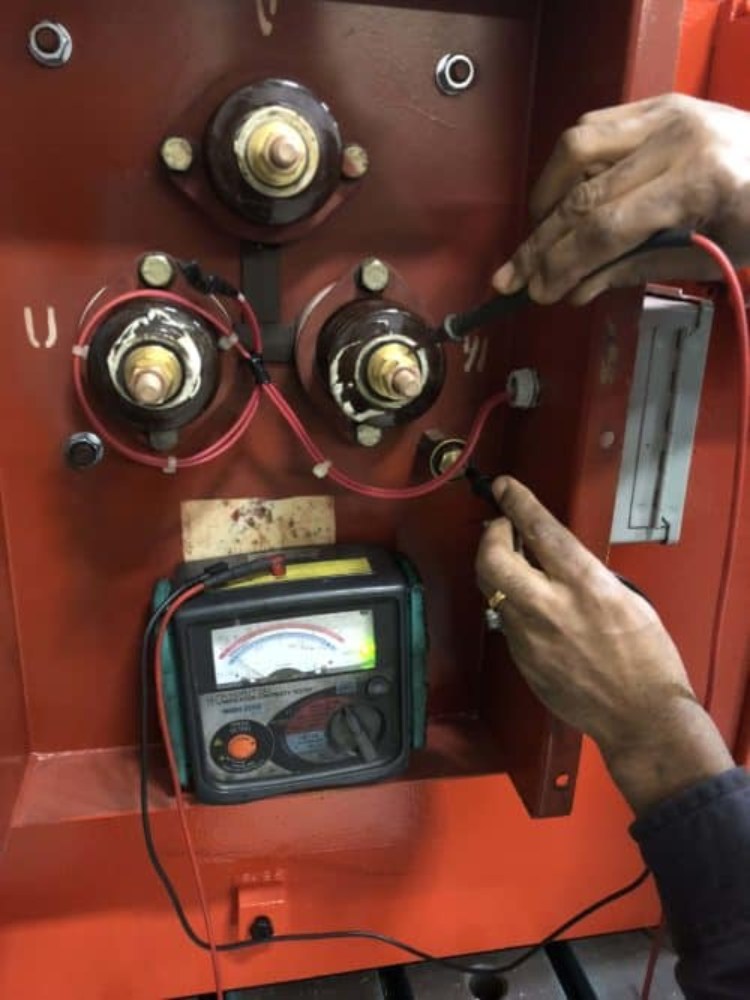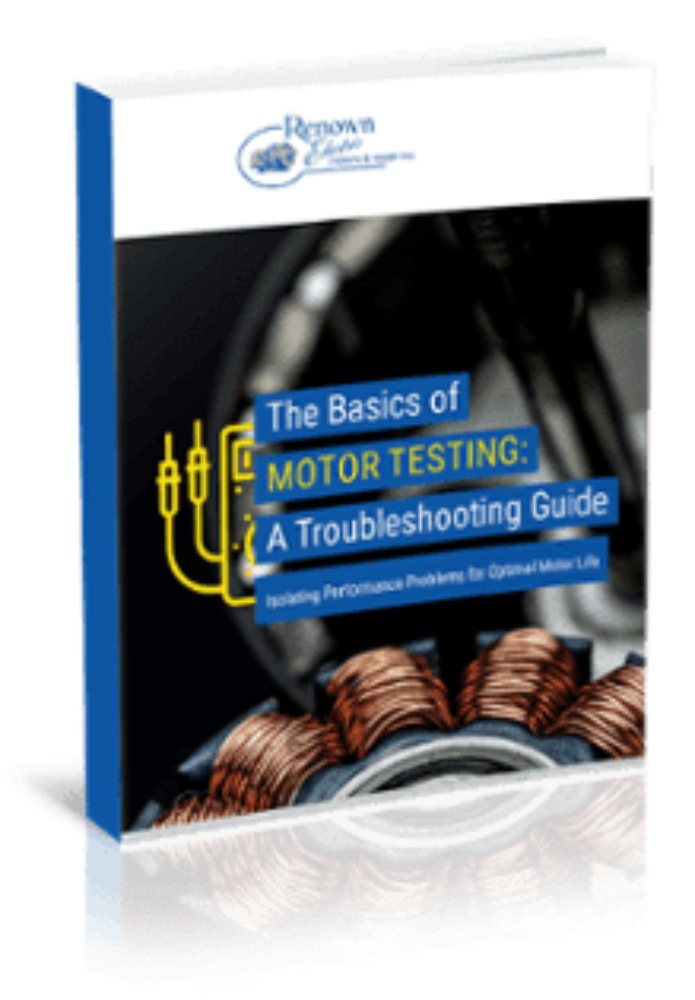Why Does My Motor Pass a Megger Test and Still Not Work?

Electric motors consist of multiple individual moving parts that work together to create rotary or linear motion. Because motors are so complex — and made up of so many different components — pinpointing the cause of issues can be challenging. To identify what’s causing the problem, operators may need to test each individual part — which, of course, can be a time-consuming process. But what happens when each component is, in fact, working properly, but the motor still isn’t running?
Understanding the Megger Test
While several motor tests are available for identifying specific issues, one of the most common motor troubleshooting processes is the insulation resistance test, or the Megger test. This test helps determine the condition of the motor’s insulation, and this information can then be used to determine the motor’s maintenance needs.
An insulation resistance testing device looks similar to a conventional ohmmeter, but it has a much higher voltage. It works by applying a direct current voltage across an insulation barrier in the motor. It then measures the amount of current passing through the insulation and calculates the insulation’s resistance. However, the Megger requires a delicate balance of correct settings, connections, timing, and safety measures to prevent user injury and damage to the motor and equipment. Operators can apply various voltages to accommodate the size of the motor being tested and the extent of the testing.
The Pitfalls of Megger Testing

The data collected from Megger testing helps reveal the working age and overall health of the motor. While this information can often be very useful for determining where the motor is in its life cycle, it can also be misleading at times. In fact, a motor can pass the Megger test simply by producing a high enough insulation resistance — even though the motor itself does not work. This error is simply the result of the inherent nature of the Megger test; while it tests between the motor’s ground and windings, it does not test between each individual winding. This can lead to a short in the circuit between the two windings, yielding an inaccurate reading.
To avoid this error, consider using other testing methods in conjunction with the Megger test to ensure you get an accurate assessment of your motor. Other tests include running amps tests, alternative current (AC) motor winding resistance tests, AC motor winding continuity tests, power supply tests, and earth continuity and resistance tests. New motor troubleshooting and motor testing equipment has also become available in recent years, providing higher accuracy than traditional testing equipment.
Learn More
Renown Electric is an industry leader in the repair and service of electric motors, and we have the expertise to accurately and efficiently perform diagnostic testing on your motor — and in the process save you time, money, and resources. To learn more, download our new eBook, The Basics of Motor Testing.

